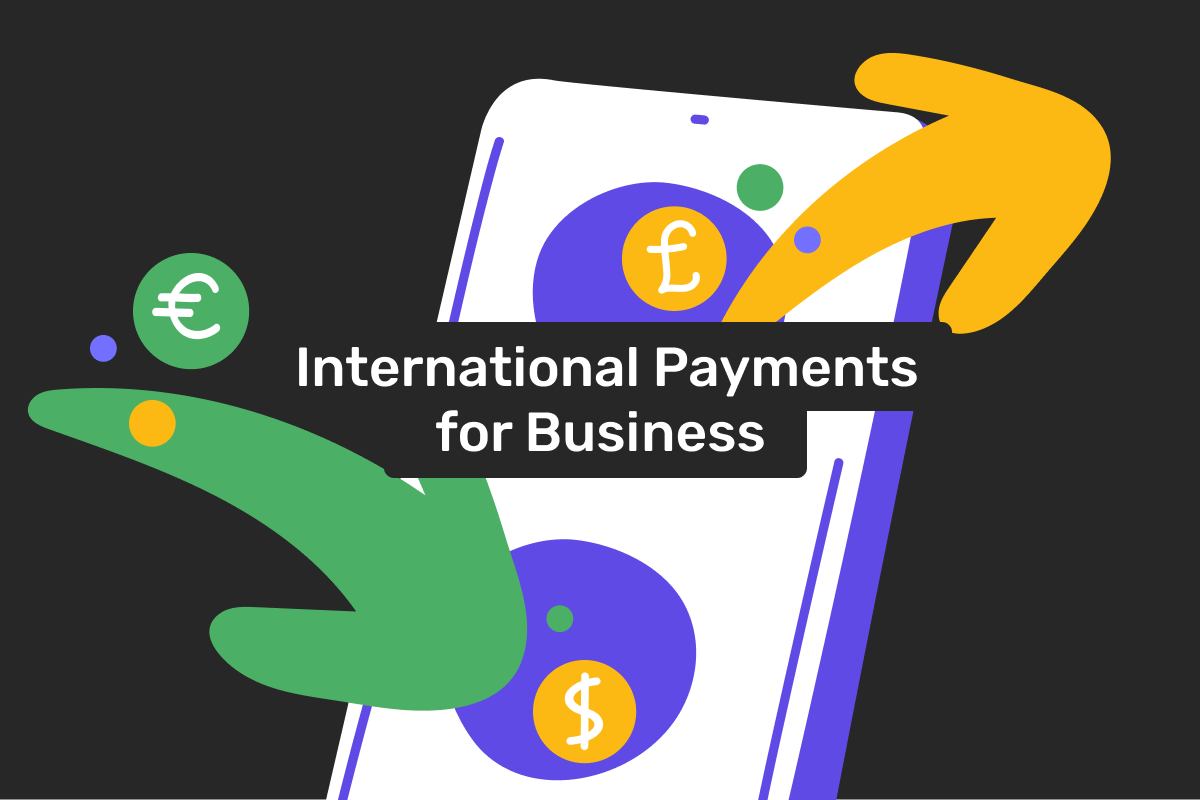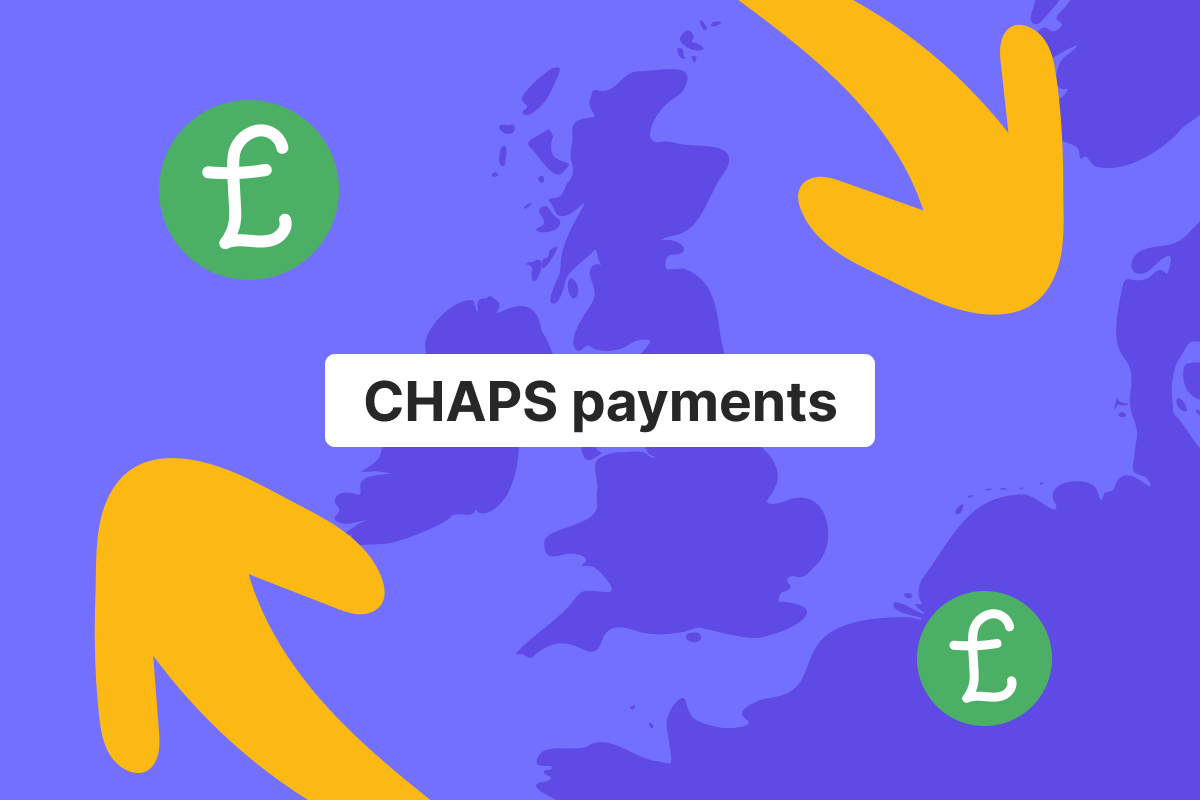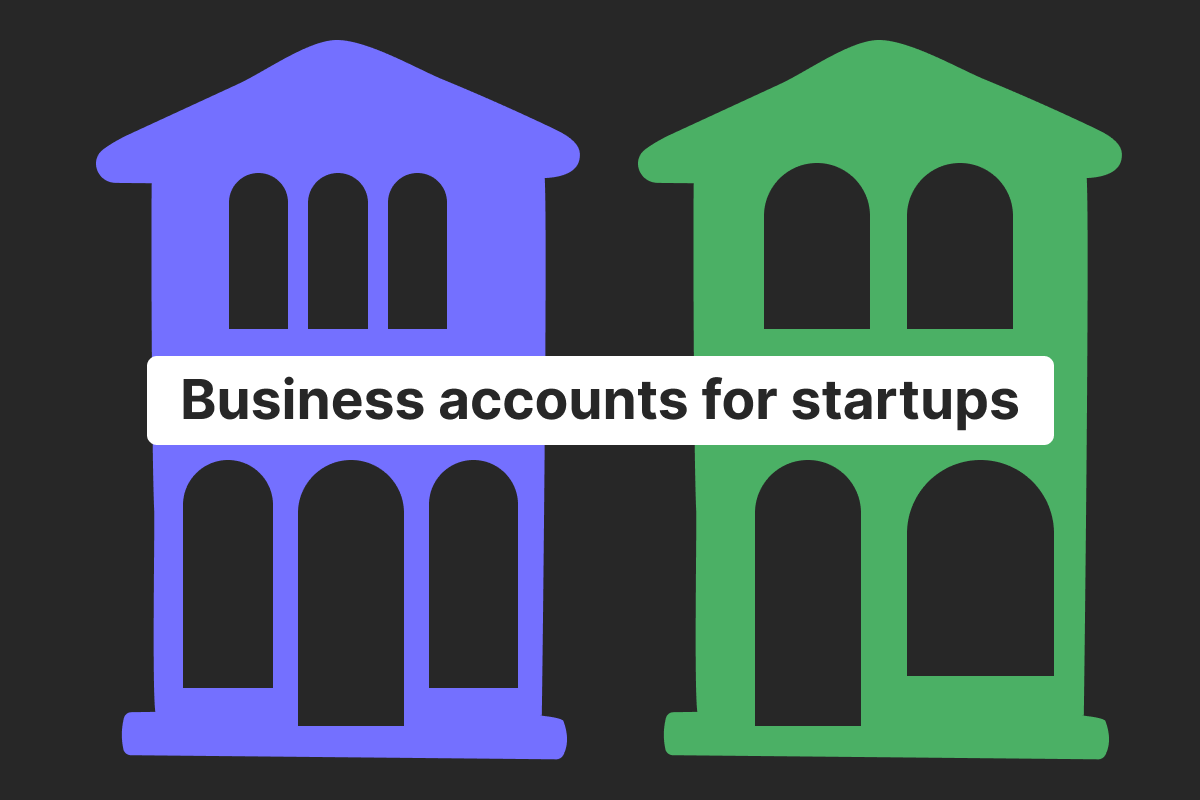Genome Blog / articles / International payments for business: how to transfer money
Nov. 2, 2022
Lately, our team has embarked on a journey of describing all the main aspects of financial services for companies. And now, it is time we explain how you make international money transfers for business. Interested? Read on and find out more – with Genome!
What is an international money transfer?
An international money transfer refers to a process of you using a certain transfer system to send funds abroad, as opposed to when you transfer money domestically – within your country. So, you can make personal as well as international payments for business.
Usually, international transfer involves more than one currency, meaning that you may send funds in one currency, and the person will receive it in the currency of their resident country.
For instance, your company is situated in the UK, and you use British pounds to pay your contractors in Hungary. Thus, during this business international payment, your beneficiary will receive funds in Hungarian forints. In this case, you will have to deal with foreign exchange rates and also have a business account for international payments.
Most commonly, business international payments are made using SWIFT, which stands for the Society for Worldwide Interbank Financial Telecommunication. It is a messaging network that allows transporting the transfer instructions from one financial institution to another, no matter where they are located.
SWIFT has existed for almost half a century and provides services for over 200 countries and territories. Just in October 2022, SWIFT carried out 869 million financial messages. And over this year, 9,174 million messages have been sent using it, according to SWIFT’s official website.
Another option that works out great for people that work and make business-to-business international money transfers within the EU is SEPA payments. SEPA stands for Single Euro Payments Area and is another messaging network that performs quick and relatively cheap transfers in the SEPA zone.
Currently, 36 countries are a part of a SEPA zone: all 27 members of the European Union plus Vatican City State, the UK, Liechtenstein, San Marino, Norway, Iceland, Andorra, Switzerland, and Monaco.
In this article, we will primarily be discussing SWIFT and SEPA international transfers. We will describe how to make them later, as now we need to discuss international payments for business.
Business international payments – what are they?
When it comes to sending money, as a person, you do so for individual purposes: to transfer money to your family, return a debt to a friend, buy yourself a gift, etc. But when we are talking about business international payments, you make a transfer on behalf of a company and for corporate purposes.
For example, you may need to make an international payment for business:
- To send out salaries to your employees;
- To pay contractors;
- To cover business expenses for marketing campaigns, etc.;
- To transfer funds to your business partners;
- To make business-to-business international money transfers to companies that provide goods or services for your business;
These are a part of business transactions, which you can read all about in this article.
How to make international payments for business
As we described, SWIFT and SEPA transfers are two of the most popular options for business-to-business international money transfers. But what is the difference between them, and why can you prefer one option over the other? Let’s compare:
- SWIFT transfers are almost universal, as they work for hundreds of countries. SEPA only covers the EU and a couple more territories we listed above. Thus, you need to take into account which countries you are going to make business international payments to.
- SEPA payments are faster – they usually take from 4 hours to 1 business day to complete, sometimes 2 days if the time zones are vastly different or if they are carried out during weekends and holidays. And if you use the SEPA instant transfer option, the payment will arrive within 10 seconds or less! You can find out about different types of SEPA transfers here.
- The execution time for SWIFT transfers varies a lot, as the process can be delayed because of bank intermediaries or time zones. So, usually, a SWIFT transfer will arrive to the beneficiary in 2 to 3 business days, but the process can last up to 7 days.
- SEPA transfers can only be made in euros, while SWIFT payments have a wider variety of currencies (the list of currencies available differs among financial providers). So again, make sure that contractors and companies you are working with can accept certain currencies during your international payments for business.
- SEPA transfers are much cheaper than SWIFT ones.
Now that you know the difference, you can choose one or the other to send business international payments. Interestingly, both options require practically the same information. You need to fill in the following:
- The beneficiary name and/or name of their company;
- Their BIC (optional for SEPA, required for SWIFT);
- Their IBAN or account number;
- Their address (not always);
- The purpose of the payment;
Remember that for international payments for business, you need to keep all the receipts of the transactions made for accounting purposes.
Can I make mass business international payments?
Yes, you can! To do so, you need to ensure that banks or international payment solutions for businesses you use offer mass payout solutions. With it, you can instruct multiple transfers to many users at once.
This is how it works: you will need to fill in the main parameters required for transfer inside the XML file and instruct it via your financial institution. We have described how the feature works here.
The best business bank account for international payments – what to look for?
You need a business account to make online money transfers abroad in your company’s name. And fortunately, there are many international payment solutions for businesses nowadays. Here’s what you should check about your potential provider before opening a business bank account for international payments:
- What kinds of transfers do they provide?
- Which currency options are available for transfers?
- Do they have cards for international payment?
- What are the fees for their services and their foreign exchange rates?
Get a business account for international payments with Genome
Genome encompasses all about international payments for business, as we provide both SEPA and SWIFT transfers! All you need to do is start a business wallet on our platform and enjoy all the benefits!
Our business wallet comes with access management features for you to work on your business account together with your team. And all of your outgoing payments will be authorized by you exclusively with the help of a security token.
You can order virtual and physical corporate Visa cards and use them for international payments online or abroad. We also offer a mass payout feature for you to instruct multiple business payments at once.
FAQ
How to make an international business payment
You can make such a payment using SWIFT or SEPA messaging networks. SWIFT works pretty much internationally, while SEPA covers the EU countries, but it is a cheaper option.
What do you need to make an international payment?
You need to have an account and know the following details about the payment receiver. Their IBAN or account number, SWIFT code, name, and sometimes the address.
How long does an international business payment take?
It depends on the method you use to send money. SWIFT payments take 2 to 3 working days (sometimes up to 5-7 days). SEPA transfer will arrive in 4 hours or up to 2 business days.
What is an international payment?
It is a transfer you make to another country that usually involves more than one currency – you pay in one currency, and the beneficiary receives money in another currency.





